Winter Chocolate Heather
$29.50 Original price was: $29.50.$20.65Current price is: $20.65.
- Free Shipping over $25
- Fast & reliable delivery options
- Enjoy top quality items for less
- Multiple safe payment methods

It is almost possible today to have a garden without a single green leaf in it, there are so many plants available with colored foliage. Maybe you wouldn’t do that, but for a color punch at a season when most plants are either bare or green, grow the Winter Chocolate Scotch Heather. This remarkable plant just can’t decide what to wear. In winter the leaves turn deep chocolate-red, and in spring they turn rusty red, before the new growth sprouts salmon-red and yellow. They have hardly turned green before the lavender-pink flowers open, and last into fall. These colors are just a rough guide, because this amazing plant can also produce yellow stems, or pink ones, depending on soil, temperature and sunlight, so in your garden it will do its thing and surprise you. Whatever the exact details, you can be sure it will be exciting and colorful – and even change from year to year. Scotch heather is a fabulous ground cover that is often overlooked, but nobody could look past the delicious colors of this variety.
Growing Winter Chocolate Scotch Heather
Size and Appearance
Winter Chocolate Scotch Heather is an evergreen shrub that forms a broad mound of stems, spreading horizontally and then rising up. It stands no more than 18 inches tall, but will be about 2 feet across, and even more in time. The leaves are no more than one-tenth of an inch long, scale-like triangles, and arranged in four vertical rows along the stems, making them look square. This variety shows very variable leaf colors between fall and early summer, with green leaves the rest of the time. Typically, in winter the whole plant is a dark chocolate-red, with brighter red tips to the branches. When new growth emerges in spring it is also bright red, lightening first to orange and then to yellow before finally turning green. In August the upper sections of the new stems carry vertical rows of small bell-shaped flowers, on short stalks close to the stems. These are soft light pink. Then, as colder weather arrives in fall the foliage begins to change again, going from green to lavender and then sliding into darker and darker tones to become dark chocolate-red again for winter. Actually coloring can vary from year to year, and depends on a combination of soil, temperature and sunlight intensity.
Using Winter Chocolate Scotch Heather in Your Garden
The Winter Chocolate Scotch Heather is a fabulous ground cover plant for all sunny parts of your garden. Grow it in the front of shrub beds, where it forms a great continuous carpet. Set plants back about 12 inches if the bed ends in a lawn, and just a few inches back along paths and around terraces. Space plants 12 inches apart for a solid carpet in a few short seasons. Grow it on slopes and banks, among rocks and in retaining walls. Use it in a setting imitating nature, mixed with spreading junipers, dwarf pines, blueberries and mountain cranberries, and other plants of acid slopes.
If your soil is just a little too close to neutral, adding peat and pine needles will make it possible to succeed with this plant. In neutral or alkaline soil this is usually not successful, so instead plant them in pots, planter boxes and window boxes, using soil blended for acid-loving plants.
Hardiness
The Winter Chocolate Scotch Heather is totally reliable in zones 5 and 6, and will usually grow well in zone 4 too, with minimal winter injury. Areas with hot, humid summers aren’t suitable, but it will also grow well in zones 7 and 8 in the cooler summers of the northwest.
Sun Exposure and Soil Conditions
Full sun is best for the Winter Chocolate Scotch Heather, and will give good foliage colors. Some afternoon shade is possible, but coloring will not be as intense, and flowering could be reduced a little. Although not particular about soil, and thriving in poor, nutrient-low soils, it must be in strongly acidic soil, with a pH value between 4.5 and 5.5. Low levels of nutrients actually produce more durable, cold-resistant plants that are compact, bushy and live longer. Sandy soils are excellent, and plants are moderately drought tolerant once established, although they don’t enjoy extended periods of dryness. This plant is also resistant to salt-spray, and grows well in coastal areas.
Maintenance and Pruning
You won’t have problems with deer, pests or diseases growing the Winter Chocolate Scotch Heather. It is generally free of problems if grown in suitable soil, and needs no particular attention at all. Although not essential, plantings will stay attractive much longer if they are trimmed in early spring, before new growth emerges. Cut back to leave just an inch or so of the stems that grew the previous year – shears or trimmers can be used on larger plantings. Don’t trim new growth – once a year is perfect.
History and Origin of Winter Chocolate Scotch Heather
The Scotch heather, Calluna vulgaris, grows across mountains and hills throughout Europe and in Iceland too. It even grows further east in Greece, Turkey and western Asia. Large areas covered in heather are an indicator of overgrazing, since it isn’t eaten by cows or sheep, while just about everything else is. Gardeners began to grow it in the early 20th century, when mountains and their plants were ‘discovered’ and became fashionable. Since then many hundreds of varieties have been developed, but very few have detailed histories. They are mostly unusual seedlings that were picked out and kept by cuttings, which is why we have today a special plant like ‘Winter Chocolate’.
Buying Winter Chocolate Scotch Heather at the Tree Center
With so many varieties of Scotch heather available, it makes sense to only grow named plants. These have been propagated from cuttings, and are genetically identical to that first special plant. This is especially true for unique varieties like the Winter Chocolate Scotch Heather, so avoid cheaper plants just called ‘heather’ and go for the best. Order now, because few nurseries carry a range of these plants, so our stock isn’t going to last long.
Be the first to review “Winter Chocolate Heather” Cancel reply
Related products
Drift® Roses
Butterfly Bush
Shrubs and Hedges
Boxwood Shrubs
Rhododendron
Hydrangeas
Hibiscus
Butterfly Bush







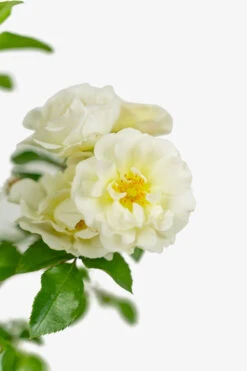
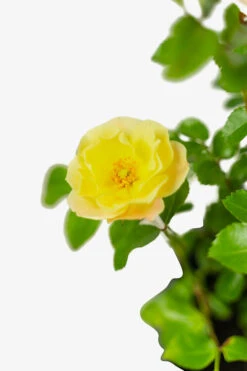


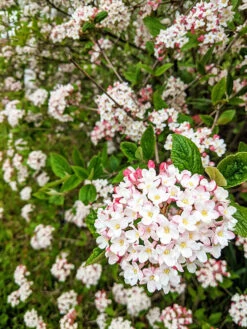
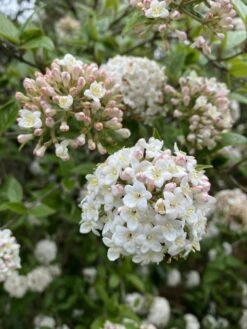
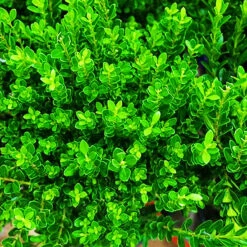

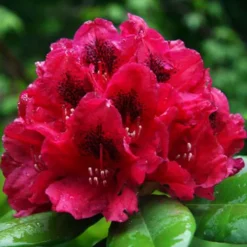

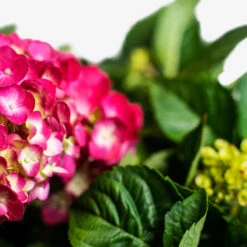

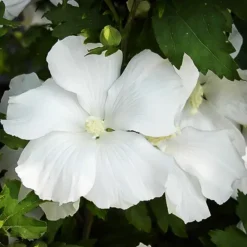
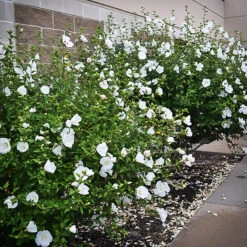


Reviews
There are no reviews yet.